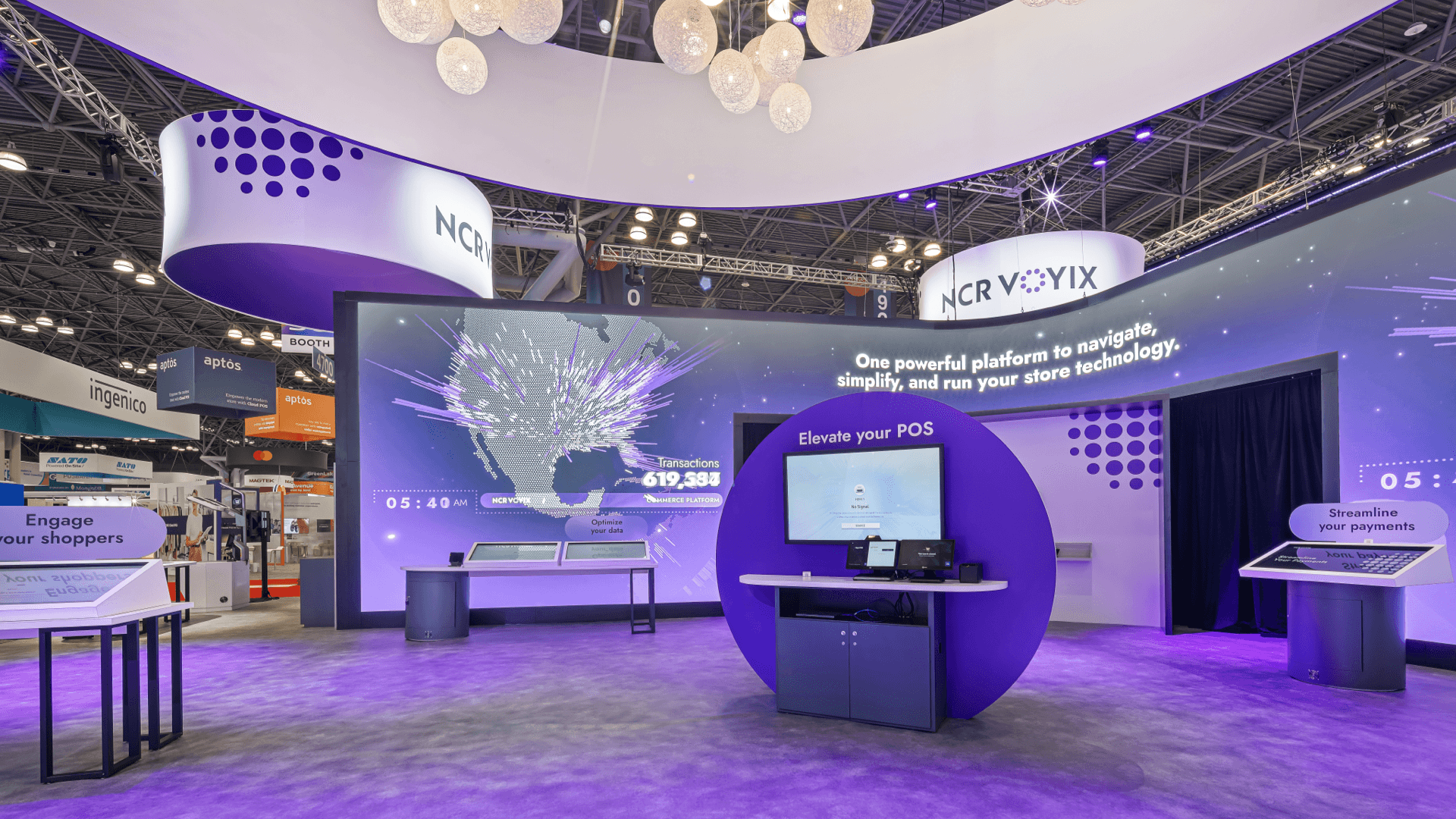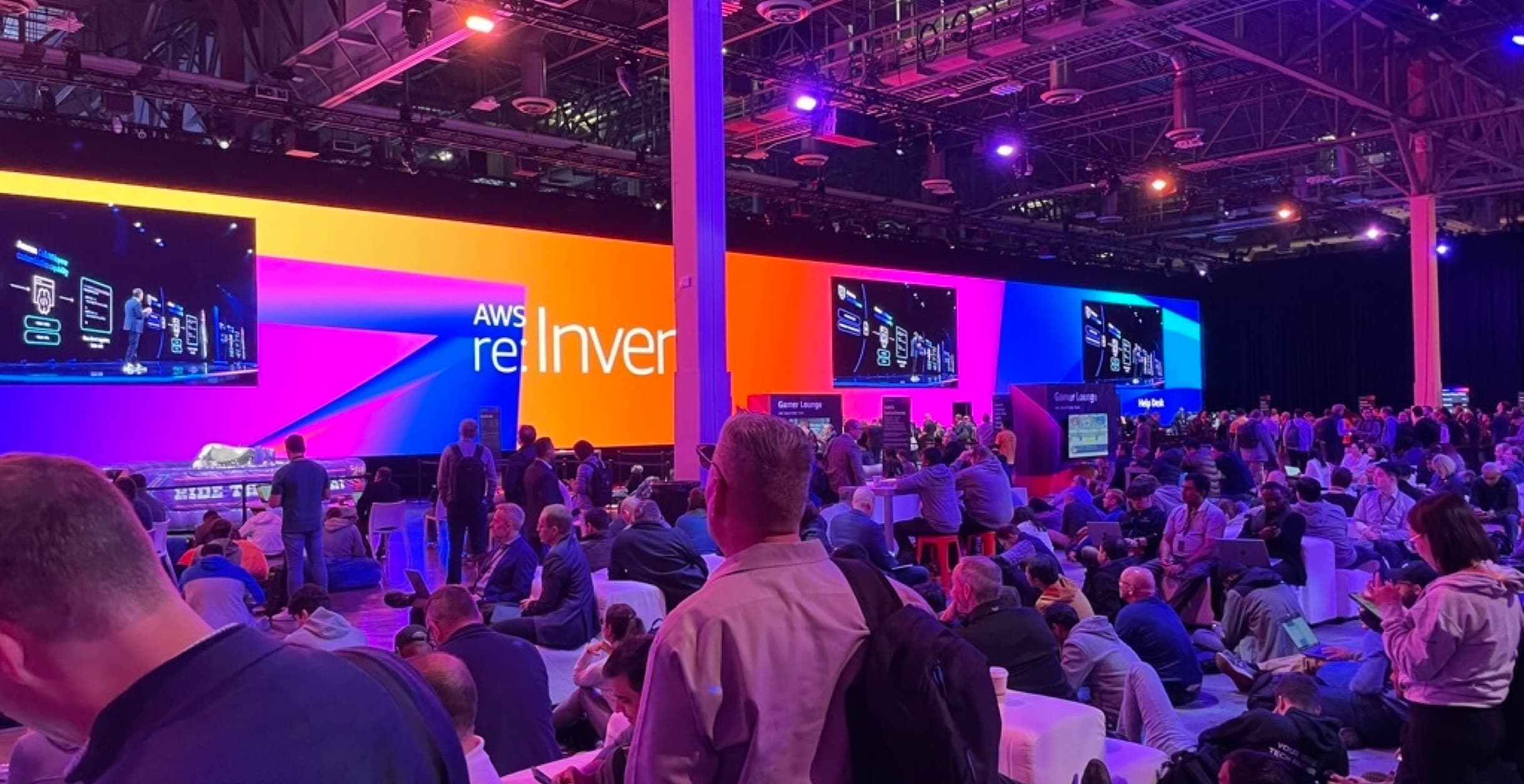Maximizing Impact: Key Strategies for Successful Trade Show Exhibiting

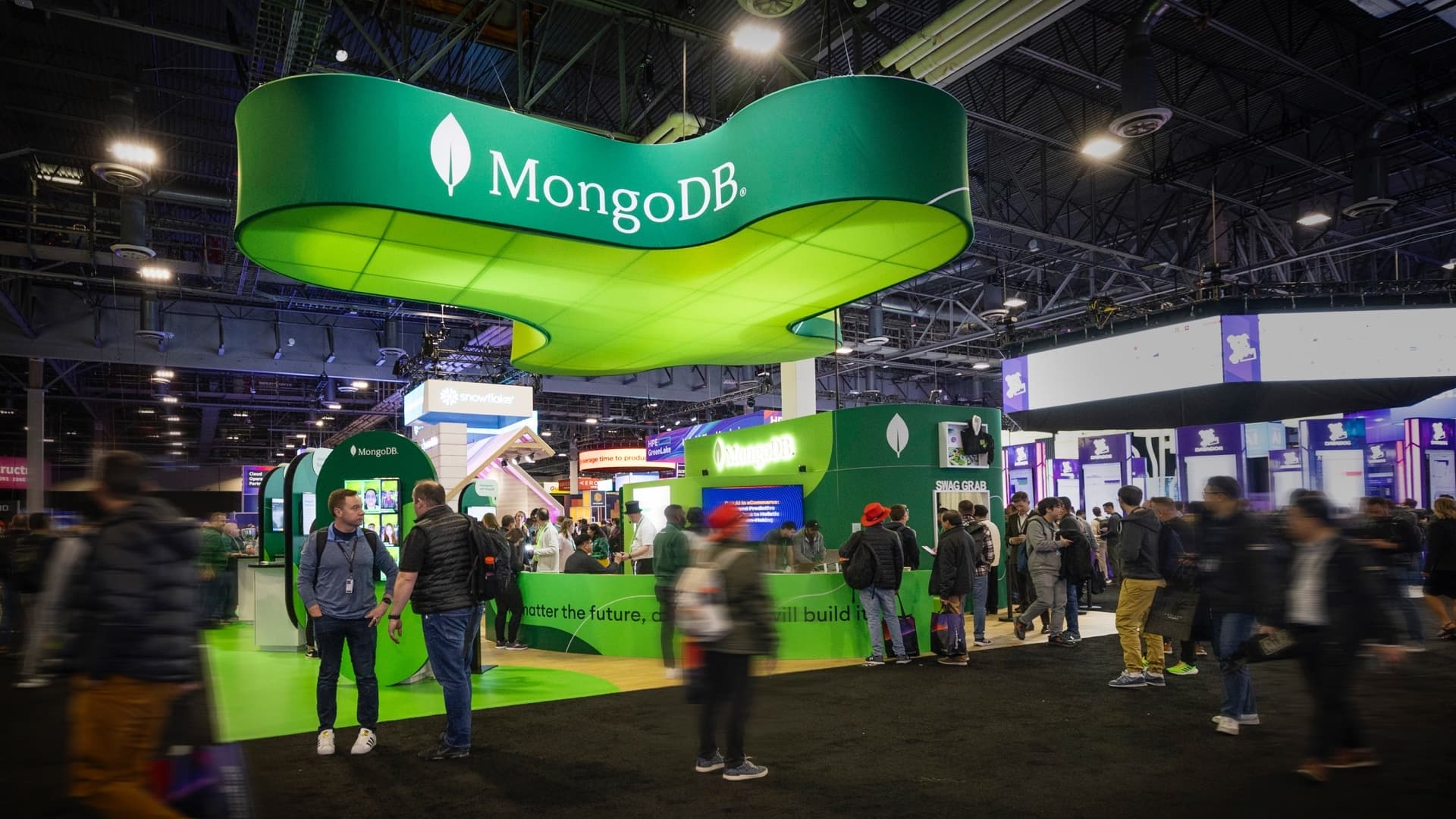
In an era where digital interactions often dominate, the human-to-human connection becomes increasingly valuable for both our personal lives and business dealings. Face-to-face interactions at trade shows deepen relationships, enhance knowledge sharing, and build trust. Given the significant investment involved in trade show exhibiting, it's paramount for corporate marketers to maximize this opportunity. Below are refined strategies to ensure successful trade show exhibiting.
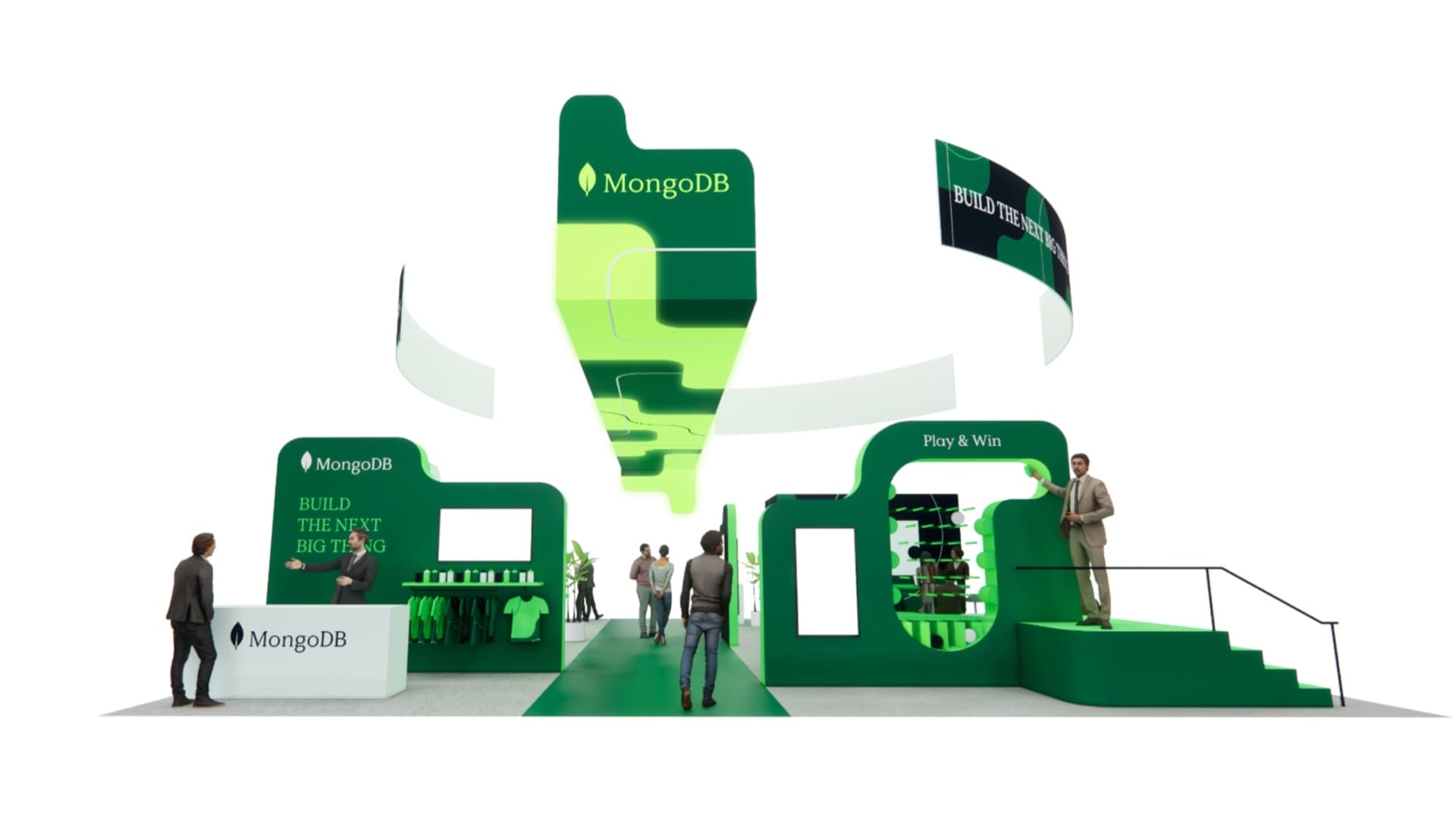
Pre-Show Planning
1. Plan Your Portfolio
Delve into detailed research to identify key events where your target customers and competitors are likely to engage. Prioritize a mix of major and niche shows for a balanced approach, focusing on potential ROI.
2. Set Clear Objectives
Articulate specific goals such as brand visibility, lead generation, or product launches, aligning them with broader business objectives.
3. Comprehensive Budgeting
Allocate resources not only for physical elements like exhibit space and design but also for digital tools, promotional activities, travel, and other contingencies.
4. Innovative Exhibit Design
Create a booth that resonates with your brand's ethos while captivating your target audience. Consider elements that reflect your company's vision and values.
5. Immersive Experience Design
Curate a customer journey within your booth that tells your brand's story, engaging visitors with meaningful and memorable content.
6. Eco-Conscious Practices
Infuse sustainability into every aspect of your exhibit, from materials to digital communications.
7. Technology Integration
Elevate the attendee experience with high-quality production elements like advanced lighting, crisp audio-visuals, and interactive displays.

Marketing and Pre-Show Promotion
1. Strategic Pre-Show Marketing
Leverage sophisticated digital targeting, combined with traditional methods like email campaigns and press releases, to create buzz.
2. Proactive Meeting Scheduling
Arrange discussions with key prospects or clients ahead of the event to maximize engagement opportunities.
3. Public Relations
Craft compelling narratives for media briefings and press releases, especially when unveiling new products or major announcements.
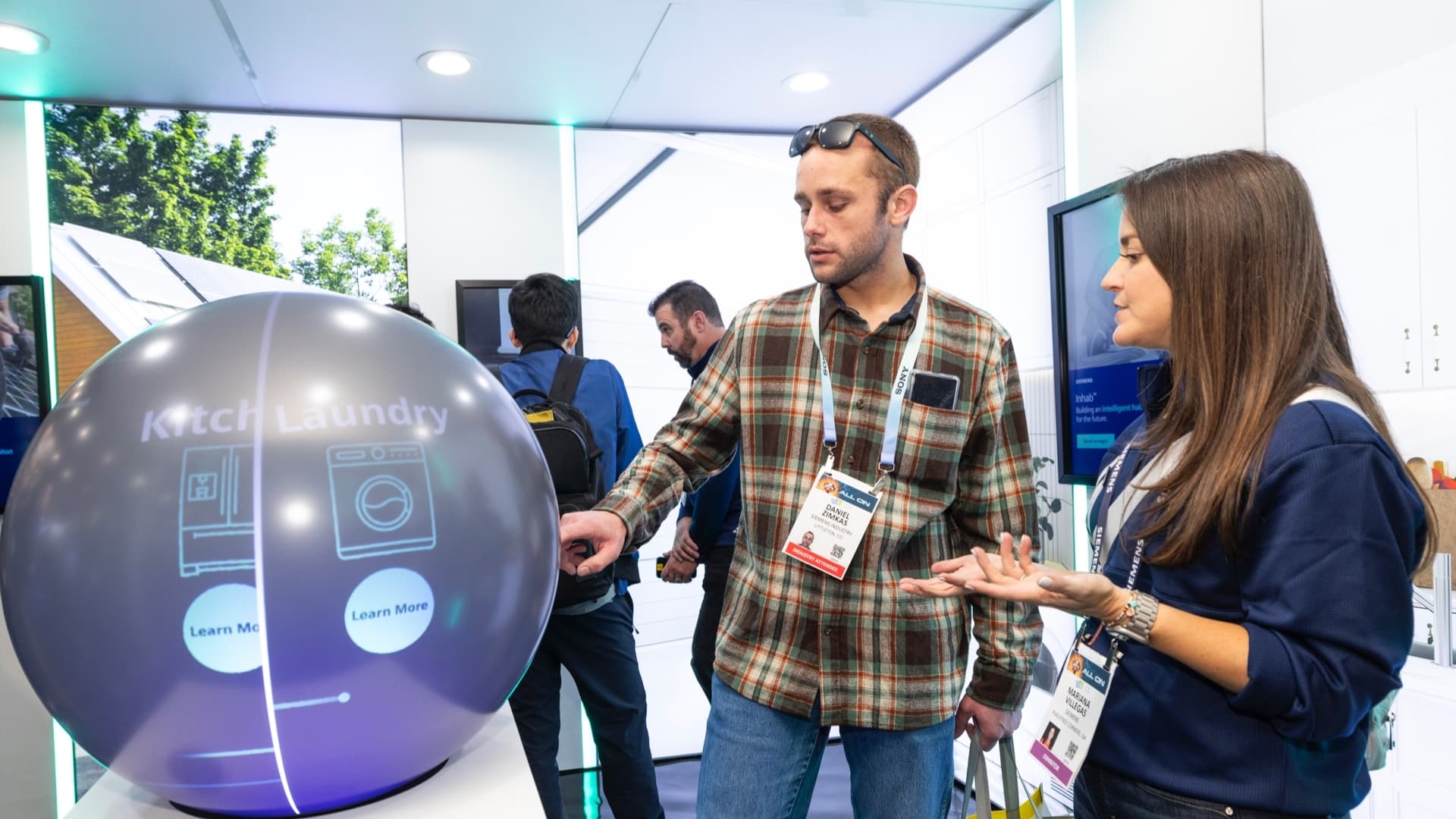
At the Show
1. Staff Training and Empowerment
Equip your team with thorough product knowledge and clear goals, fostering an environment that encourages proactive attendee engagement.
2. Dynamic Engagement Strategies
Use a mix of presentations, live demos, and interactive experiences to captivate and educate visitors.
3. Efficient Lead Capture
Implement sophisticated systems for lead gathering and qualification, ensuring no potential opportunity is missed.
4. Social Media Leverage
Use real-time updates and captivating content to connect with both attendees and a wider online audience.
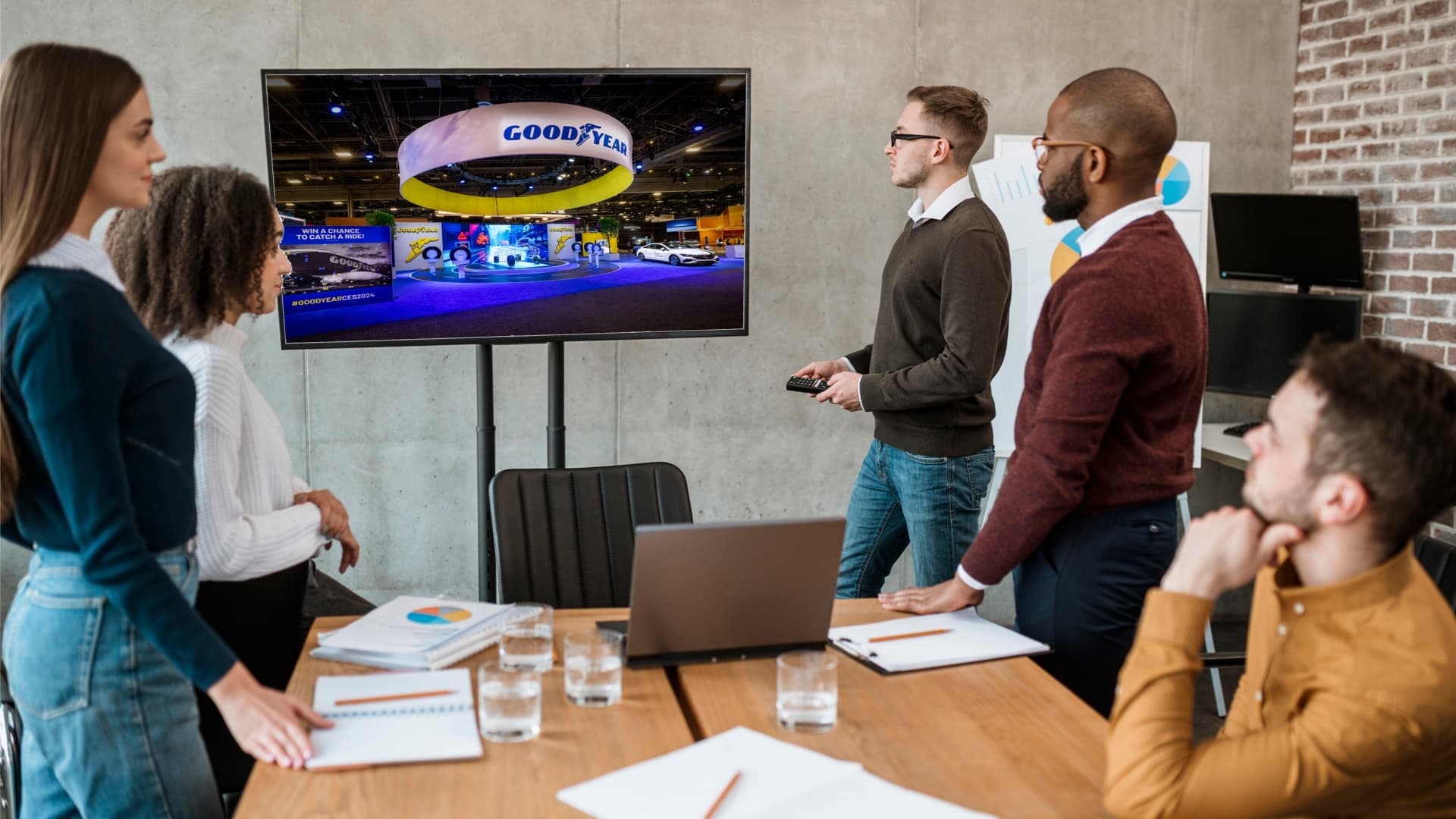
Follow-Up and Evaluation
1. Timely Follow-Up
Engage leads promptly post-show, capitalizing on the momentum and recall of your brand.
2. Comprehensive Debriefing
Hold a detailed review session to evaluate successes and areas for improvement.
3. Feedback and Analysis
Gather and analyze feedback from both staff and attendees to refine future strategies.
4. ROI Assessment
Measure the success of the event against pre-defined objectives to understand its impact on your business.
